Home>diy>Building & Construction>What Is Laser Scanning In Construction
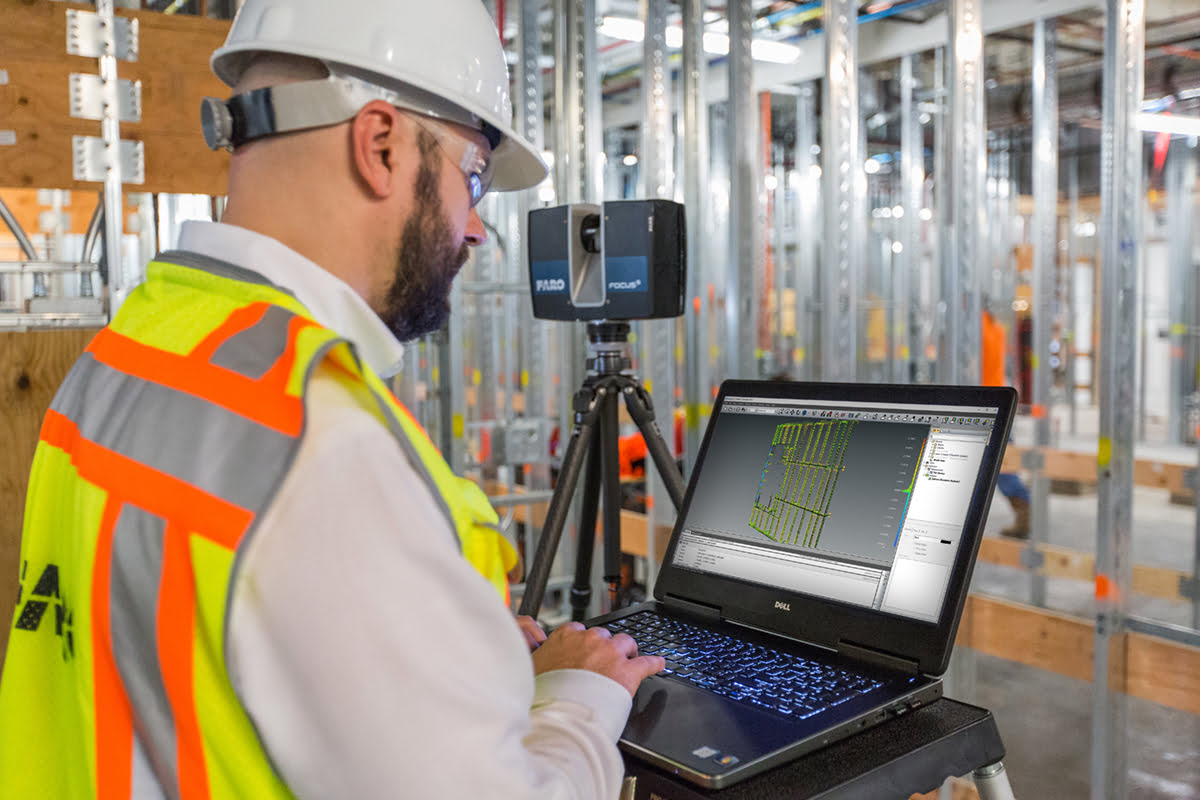

Building & Construction
What Is Laser Scanning In Construction
Modified: December 8, 2023
Learn about the technology of laser scanning in building construction and its numerous benefits for accurate measurements, precise documentation, and efficient project management.
(Many of the links in this article redirect to a specific reviewed product. Your purchase of these products through affiliate links helps to generate commission for Storables.com, at no extra cost. Learn more)
Introduction
Laser scanning is a revolutionary technology that has transformed the construction industry. It allows construction professionals to capture accurate and detailed 3D data of existing structures or job sites. This data can then be used for various purposes, such as creating as-built models, conducting quality control inspections, and facilitating collaboration among stakeholders.
The process of laser scanning involves using a laser scanner, which emits laser beams and measures the time it takes for the beams to bounce back after hitting an object. By capturing millions of these measurements in a short period of time, the scanner creates a point cloud, which is a 3D representation of the scanned area.
In this article, we will explore the ins and outs of laser scanning in construction – from its definition and how it works, to the benefits it offers, and its applications in the industry. We will also discuss the challenges that come with implementing laser scanning and share some best practices for successful utilization.
So, let’s dive in and discover the incredible world of laser scanning in construction!
Key Takeaways:
- Laser scanning revolutionizes construction by capturing accurate 3D data, saving time and costs, enhancing collaboration, and improving project outcomes.
- Despite challenges, laser scanning offers invaluable applications in construction, from documentation to historic preservation, and can be optimized through best practices for successful implementation.
Read more: What Is The Best Construction Laser Level
Definition of Laser Scanning
Laser scanning, also known as 3D laser scanning or LiDAR scanning, is a technology that uses lasers to capture accurate and precise measurements of a physical object or environment. It involves the use of a laser scanner, which emits laser beams and measures the time it takes for the beams to bounce back after hitting an object.
The process of laser scanning creates a point cloud, which is a large collection of points in a 3D coordinate system. Each point in the cloud represents a measurement taken by the laser scanner, capturing the position and spatial information of the object or environment being scanned.
Laser scanning has become an indispensable tool in the construction industry due to its ability to quickly and accurately capture detailed 3D data. This data can be used to create digital models and visualizations of existing structures or job sites, allowing construction professionals to plan, design, and execute projects with greater precision and efficiency.
Laser scanning technology has advanced significantly in recent years, with scanners capable of capturing millions of points per second. This high-density data enables construction professionals to analyze and measure objects and spaces with unparalleled accuracy and detail.
In addition to capturing geometric data, laser scanning can also capture color information, allowing for the creation of realistic and visually appealing digital representations of scanned objects or environments.
Overall, laser scanning provides a non-invasive and highly precise method of collecting data, making it an invaluable tool for construction professionals in a variety of applications, from creating as-built models to performing quality control inspections and facilitating clash detection during the construction process.
How Laser Scanning Works
Laser scanning involves the use of advanced technology and equipment to capture precise and detailed measurements of objects or environments. Here’s a breakdown of the process:
1. Set up the Scanner: The first step is to set up the laser scanner in the desired location. The scanner is mounted on a tripod or other stable platform and positioned to capture the desired area or object.
2. Emit Laser Beams: Once the scanner is set up, it emits laser beams that sweep across the surroundings. These laser beams are sent out in a pattern, covering a wide field of view.
3. Measure Reflection Time: As the laser beams emitted by the scanner hit objects or surfaces, they reflect back toward the scanner. The scanner measures the time it takes for the laser beams to bounce back, calculating the distance to each point based on the speed of light.
4. Create Point Cloud: As the laser beams continue to sweep across the area, the scanner captures millions of measurements, creating a point cloud. Each point in the point cloud represents a 3D coordinate, consisting of the x, y, and z values that define its position in space.
5. Register Point Clouds: In some cases, multiple point clouds are captured from different scanner positions to cover a larger area or capture complex structures. These individual point clouds need to be registered or merged together to create a complete representation of the scanned object or environment.
6. Process and Analyze Data: Once the point cloud is created, it can be processed and analyzed using specialized software. This allows construction professionals to extract specific measurements, create digital models, or perform various analyses, such as clash detection, surface analysis, or volume calculations.
7. Visualize and Utilize Data: The final step is to visualize and utilize the scanned data. The point cloud can be used to generate 3D models, render realistic visualizations, or integrate with Building Information Modeling (BIM) software for project planning and coordination.
Laser scanning provides a fast and accurate method of capturing data, reducing the need for manual measurements and allowing for a more efficient workflow in construction projects.
Advantages of Laser Scanning in Construction
Laser scanning has revolutionized the construction industry by offering numerous advantages over traditional measurement methods. Here are some key advantages of laser scanning:
1. Accurate and Precise Measurements: Laser scanning captures incredibly detailed and accurate measurements of objects and environments. The high-density point cloud data allows for precise analysis and measurement of dimensions, shapes, and spatial relationships, reducing the risk of errors and discrepancies in construction projects.
2. Time and Cost Savings: Laser scanning can significantly reduce the time and cost involved in data collection and measurement. The scanner captures millions of points within seconds, eliminating the need for manual measurements and saving valuable time on-site. Additionally, the accurate data obtained from laser scanning reduces rework and facilitates better project planning, leading to cost savings and improved project timelines.
3. Non-Invasive Data Collection: Laser scanning is a non-invasive method of data collection, meaning it does not require physical contact with objects or structures. This is particularly valuable when scanning delicate or complex structures, as it minimizes the risk of damage or disruption to the site.
4. Comprehensive Documentation: Laser scanning produces comprehensive documentation of existing structures or job sites. The point cloud data can be utilized to create detailed as-built models, allowing construction professionals to compare the actual structure to the intended design and identify any discrepancies. This documentation is invaluable for retrofitting, renovation, and maintenance projects.
5. Clash Detection and Coordination: Laser scanning plays a crucial role in clash detection and coordination within construction projects. By integrating the point cloud data with BIM models, potential clashes can be identified and resolved before construction begins, reducing the chance of rework and costly delays.
6. Improved Communication and Collaboration: Laser scanning enables better communication and collaboration among project stakeholders. The 3D visualizations and accurate data facilitate clearer understanding and decision-making, ensuring that everyone involved in the project is on the same page.
7. Safety Enhancement: Laser scanning enhances safety on construction sites by reducing the need for workers to physically access hazardous or hard-to-reach areas. This minimizes the risk of accidents and injuries, promoting a safer working environment.
Overall, laser scanning offers significant advantages in terms of accuracy, efficiency, cost savings, and improved project outcomes. Its utilization has become increasingly widespread in the construction industry, helping professionals overcome challenges and achieve higher levels of productivity and quality.
When using laser scanning in construction, ensure that the scanner is properly calibrated and positioned to capture accurate and reliable data. Regular maintenance and calibration of the equipment is essential for precise results.
Applications of Laser Scanning in Construction
Laser scanning is a versatile technology that finds applications in various stages of construction projects. Here are some common applications of laser scanning in the construction industry:
1. As-Built Documentation: Laser scanning is used to capture accurate as-built documentation of existing structures. It provides detailed measurements and visualizations of the current condition of a building or site, which is crucial for renovation or retrofitting projects. This documentation ensures that any modifications or additions align with the existing structure.
2. BIM Modeling: Laser scanning plays a vital role in Building Information Modeling (BIM). Point cloud data obtained from laser scanning is used to create digital models, allowing construction professionals to visualize and analyze the project in a virtual environment. The integration of laser scanning and BIM enhances collaboration, clash detection, and design coordination.
3. Quality Control and Inspection: Laser scanning enables efficient quality control and inspection processes. By comparing the point cloud data with design specifications or pre-defined tolerances, discrepancies and deviations can be quickly identified. This helps ensure that construction projects meet the required standards and minimize errors and rework.
4. Site Analysis and Planning: Laser scanning provides comprehensive data for site analysis and planning. It allows construction professionals to conduct topographical surveys, analyze terrain conditions, and assess the feasibility of the project. This information is essential for accurate site planning, grading, and determining construction procedures.
5. Structural Analysis: Laser scanning aids in structural analysis and assessment. By capturing the precise shape and dimensions of existing structures, engineers and architects can analyze load-bearing capacities, evaluate structural integrity, and identify any potential issues or degradation of the structure.
6. Facilities Management: Laser scanning is used for facilities management, especially in large-scale buildings or complex structures. The captured point cloud data helps in asset management, space planning, and maintenance strategies. It provides a detailed and accurate representation of the facility, allowing for efficient facility management and streamlined maintenance procedures.
7. Historic Preservation: Laser scanning is an invaluable tool in the preservation and restoration of historical buildings and landmarks. By capturing detailed measurements and 3D representations, laser scanning helps document and analyze the existing structure without causing damage. This data aids in the restoration process, ensuring the historical integrity of the building is maintained.
These are just a few examples of the wide range of applications of laser scanning in construction. With its versatility and accuracy, laser scanning continues to revolutionize the industry by improving efficiency, accuracy, and decision-making at every stage of a construction project.
Read also: 12 Amazing Construction Laser Level for 2025
Challenges in Implementing Laser Scanning
While laser scanning offers numerous benefits to the construction industry, its implementation also comes with certain challenges. Here are some common challenges that organizations may face when adopting laser scanning technology:
1. Cost: The cost of laser scanning equipment and software can be significant, especially for small or medium-sized construction companies. Additionally, the expertise required to operate and interpret the data from laser scanning can add to the overall cost. However, with advancements in technology, the cost of laser scanning is gradually decreasing, making it more accessible to a wider range of organizations.
2. Learning Curve: Laser scanning technology requires specialized knowledge and expertise to operate effectively. Construction professionals need to undergo training to understand the equipment, software, and data processing techniques. The learning curve can be steep, particularly for those who are new to 3D scanning technology.
3. Data Processing and Analysis: Handling and processing the large amount of data generated by laser scanning can be challenging. Point cloud data can be complex and may require software and skilled personnel to process it into usable information. Efficient data analysis and interpretation are essential to derive meaningful insights from the scanned data.
4. Integration with Existing Workflows: Integrating laser scanning into existing workflows and processes can be challenging. Construction companies need to adjust their project planning, coordination, and documentation processes to incorporate laser scanning technology effectively. This may require changes in internal workflows and coordination among various stakeholders.
5. Field Challenges: Performing laser scanning on-site can present its own set of challenges. Factors such as weather conditions, limited accessibility, and safety considerations can impact the scanning process. Additionally, large and complex structures may require multiple scan setups to capture the entire area accurately, further increasing the complexity of the process.
6. Calibration and Accuracy: Maintaining the accuracy of laser scanning equipment is crucial for reliable and precise measurements. Regular calibration and maintenance are necessary to ensure consistent and accurate results. Factors such as temperature changes and equipment vibrations can affect the accuracy of the scans and need to be carefully managed.
Despite these challenges, the benefits of laser scanning in construction outweigh the obstacles. With proper planning, training, and implementation strategies, organizations can overcome the challenges and fully harness the capabilities of laser scanning to enhance their construction projects.
Best Practices for Laser Scanning in Construction
To maximize the potential of laser scanning in construction, it is important to follow best practices that ensure accurate data capture and effective utilization of the technology. Here are some key best practices for laser scanning in construction:
1. Planning and Preparation: Proper planning and preparation are essential for successful laser scanning. This includes determining the scope and objectives of the scanning project, identifying key areas to be scanned, and establishing a clear workflow to ensure efficient data collection and processing.
2. Scanning Set-Up: Ensure that the laser scanner is set up correctly and positioned to capture the desired area or object. Consider factors such as line of sight, overlapping coverage, and access to all areas of interest. Take into account the optimal scanner settings, such as scan resolution, range, and scanning speed, to achieve the desired level of detail and accuracy.
3. Calibration and Quality Control: Regularly calibrate the laser scanning equipment to maintain accuracy and precision. Perform quality control checks to ensure that the scanner is functioning properly and the captured data is reliable. Validate the accuracy of the scans by conducting on-site measurements or referencing known control points.
4. Data Registration and Alignment: If multiple scans are performed to capture a large area or complex structure, it is crucial to register and align the individual point clouds accurately. Use overlapping areas and common reference points to ensure a seamless integration of the scans. This step is fundamental to creating a complete and accurate representation of the scanned object or environment.
5. Data Processing and Analysis: Invest in suitable software for processing and analyzing the captured point cloud data. Familiarize yourself with the software’s capabilities and functionalities. Clean the data by removing noise or outliers, and utilize various analysis tools to extract the required information effectively.
6. Coordinate with Stakeholders: Collaboration and communication with all project stakeholders are essential for successful laser scanning implementation. Coordinate with architects, engineers, subcontractors, and other relevant parties to ensure that the collected data aligns with project requirements. Share the scanned data and visualizations to enhance understanding and facilitate decision-making.
7. Documentation and Storage: Develop a system for organizing and storing the scanned data and associated project documentation. Create backups and secure the data to prevent loss or corruption. Establish clear naming conventions and metadata to maintain consistency and ease of retrieval.
8. Continuous Learning and Improvement: Keep up-to-date with advancements in laser scanning technology and methodologies. Stay informed about industry best practices by attending conferences, workshops, and webinars. Learning from experienced professionals and sharing knowledge within your organization will contribute to ongoing improvement and efficiency.
By following these best practices, construction professionals can optimize the use of laser scanning technology, ensuring accurate data capture, efficient project workflows, and successful project outcomes.
Conclusion
Laser scanning has become an indispensable tool in the construction industry, revolutionizing the way data is captured, analyzed, and utilized. Its ability to capture accurate and detailed 3D representations of existing structures or job sites offers numerous benefits to construction professionals.
Throughout this article, we have explored the definition of laser scanning, how it works, the advantages it offers, its applications in construction, and the challenges involved in its implementation. We also discussed best practices for effective utilization of laser scanning technology.
Laser scanning provides construction professionals with accurate and precise measurements, saving time and costs while improving project outcomes. It enhances communication and collaboration among stakeholders, facilitates clash detection, and supports decision-making throughout the project lifecycle.
Despite challenges such as cost, data processing complexities, and integration into existing workflows, laser scanning continues to gain popularity and acceptance in the construction industry. Advancements in technology are making laser scanning more accessible and enabling construction professionals to overcome these challenges successfully.
In conclusion, laser scanning has proven to be a game-changer in construction, providing accurate data for as-built documentation, BIM modeling, quality control, site analysis, structural analysis, facilities management, and historic preservation. By following best practices and continuously improving their skills, construction professionals can unlock the full potential of laser scanning and elevate their projects to new levels of success.
As the construction industry continues to evolve, laser scanning will undoubtedly play a pivotal role in driving efficiency, accuracy, and innovation. Embracing this technology is crucial for staying competitive and delivering exceptional results in the dynamic world of construction.
Frequently Asked Questions about What Is Laser Scanning In Construction
Was this page helpful?
At Storables.com, we guarantee accurate and reliable information. Our content, validated by Expert Board Contributors, is crafted following stringent Editorial Policies. We're committed to providing you with well-researched, expert-backed insights for all your informational needs.
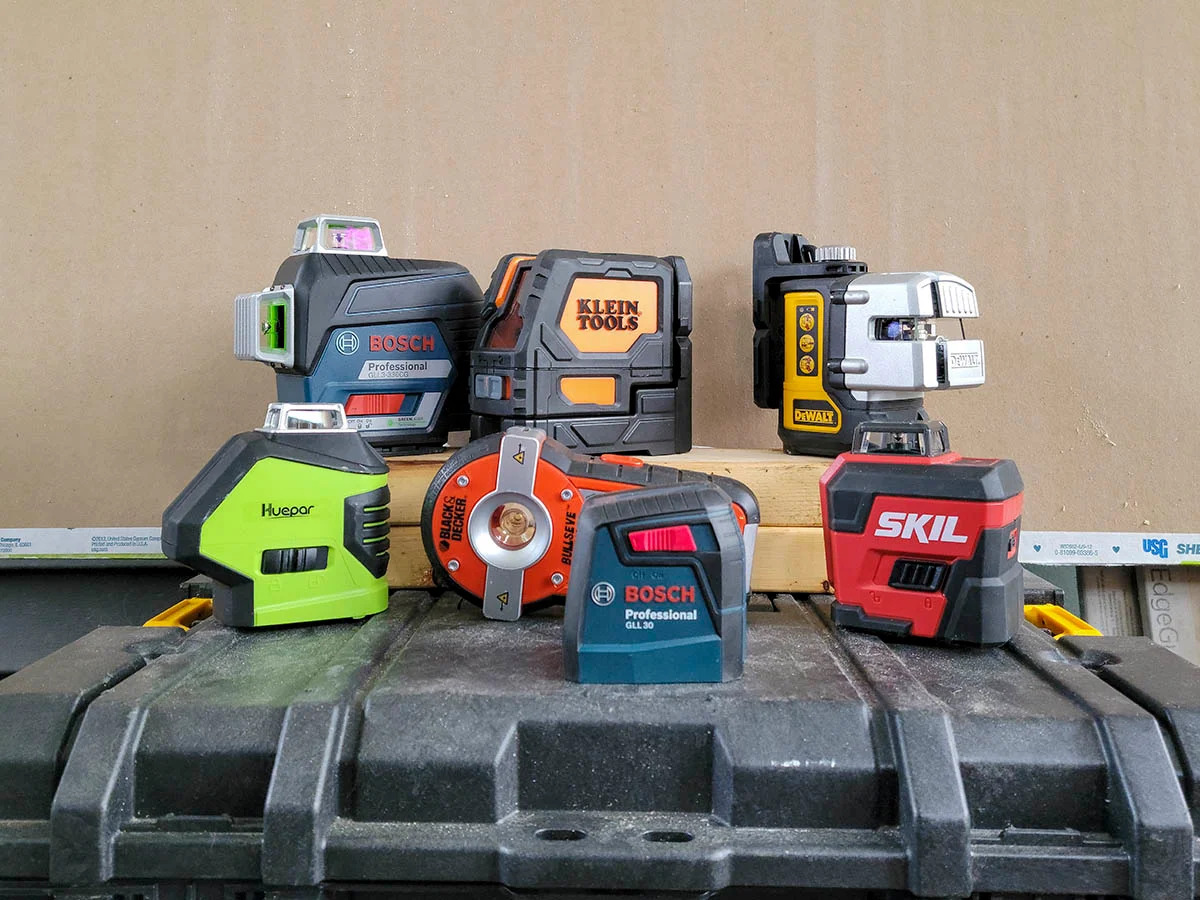
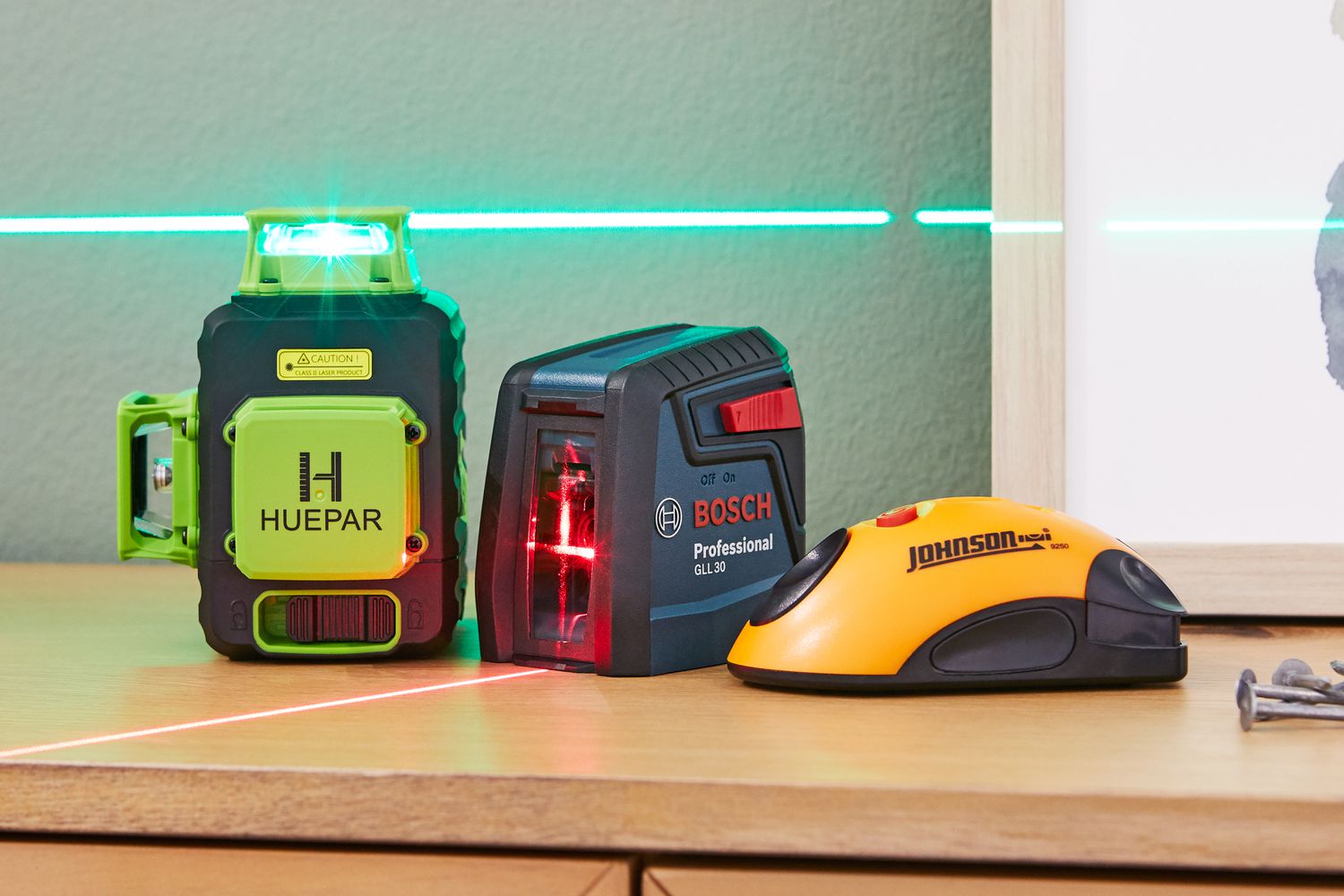
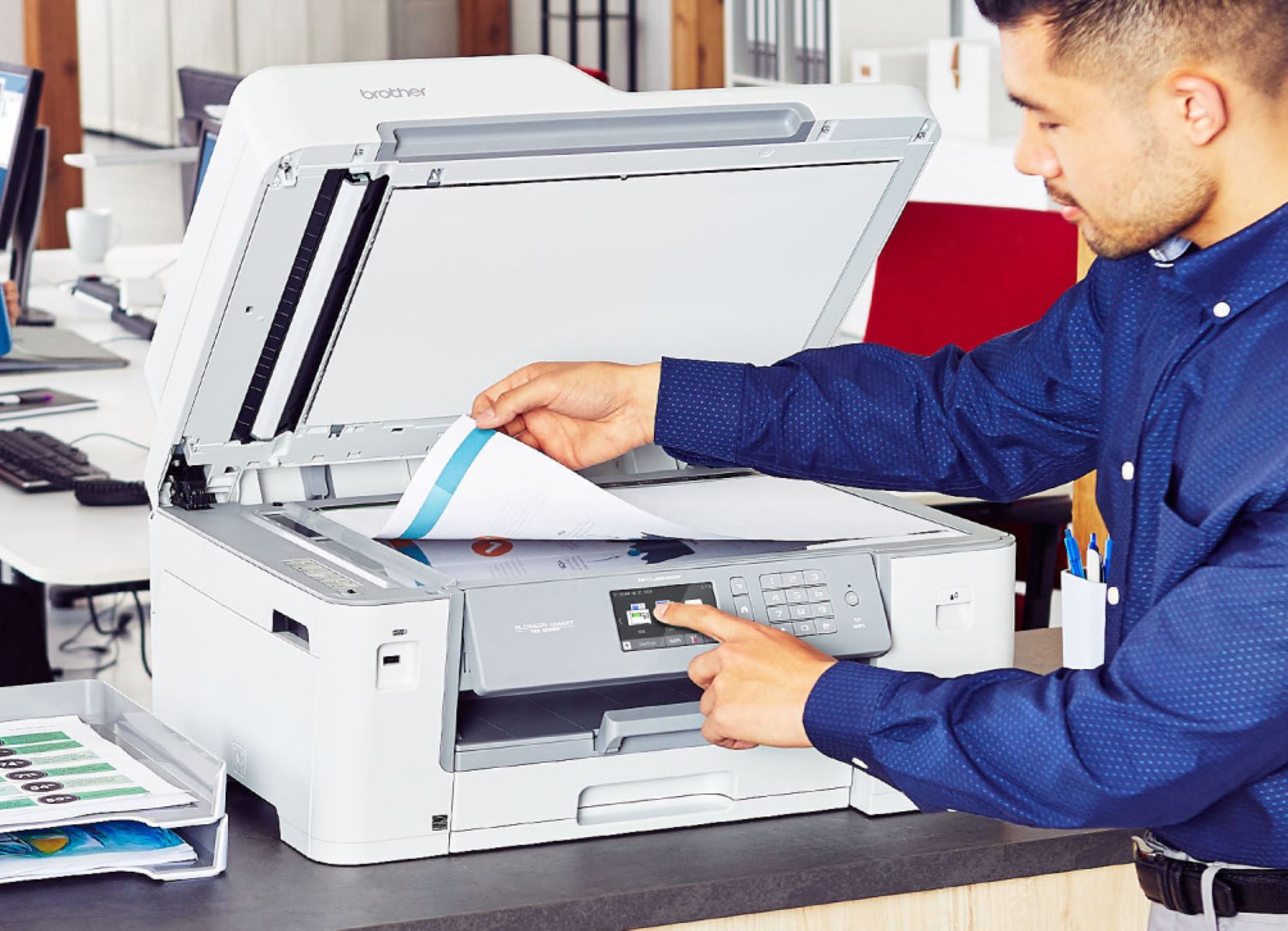
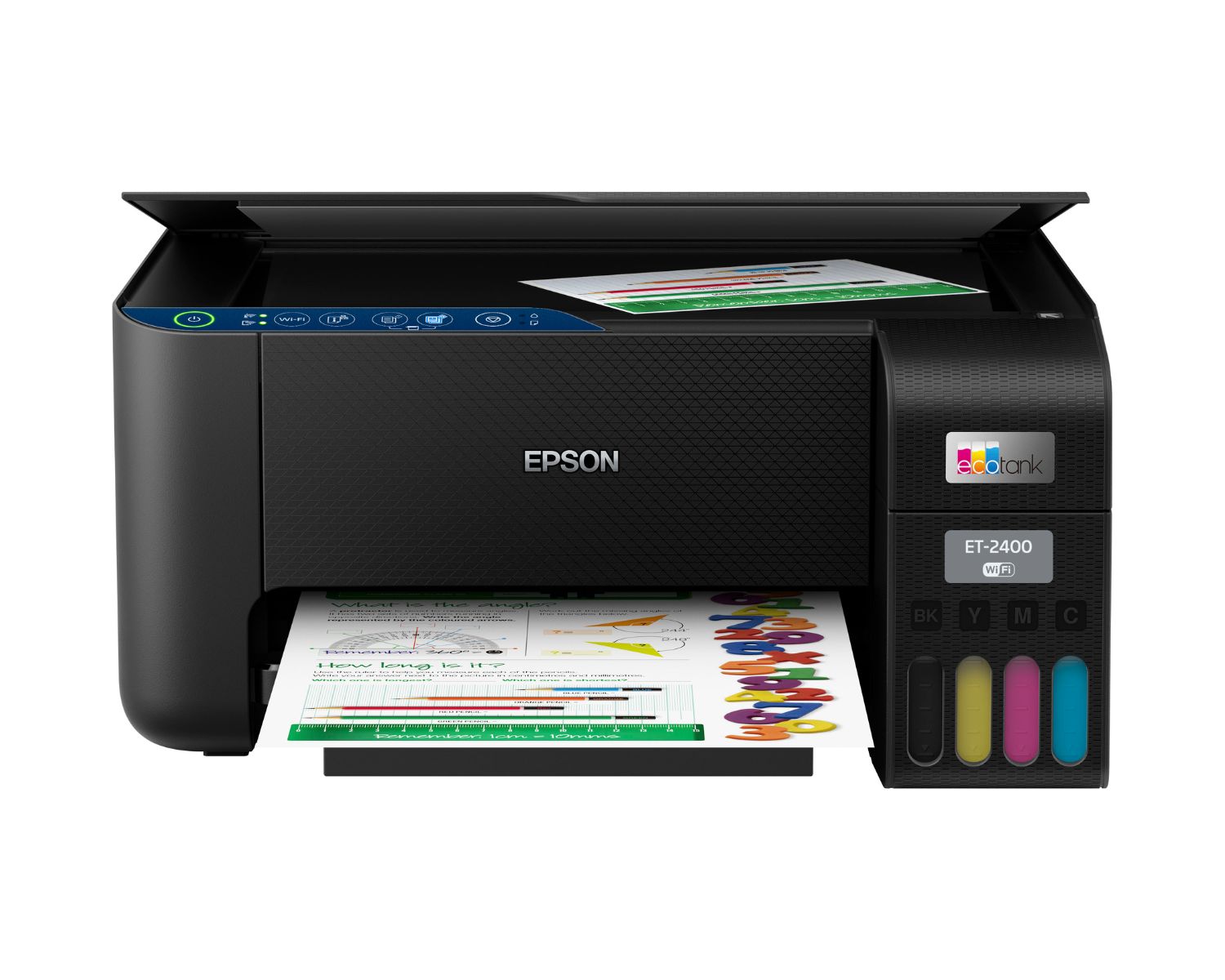

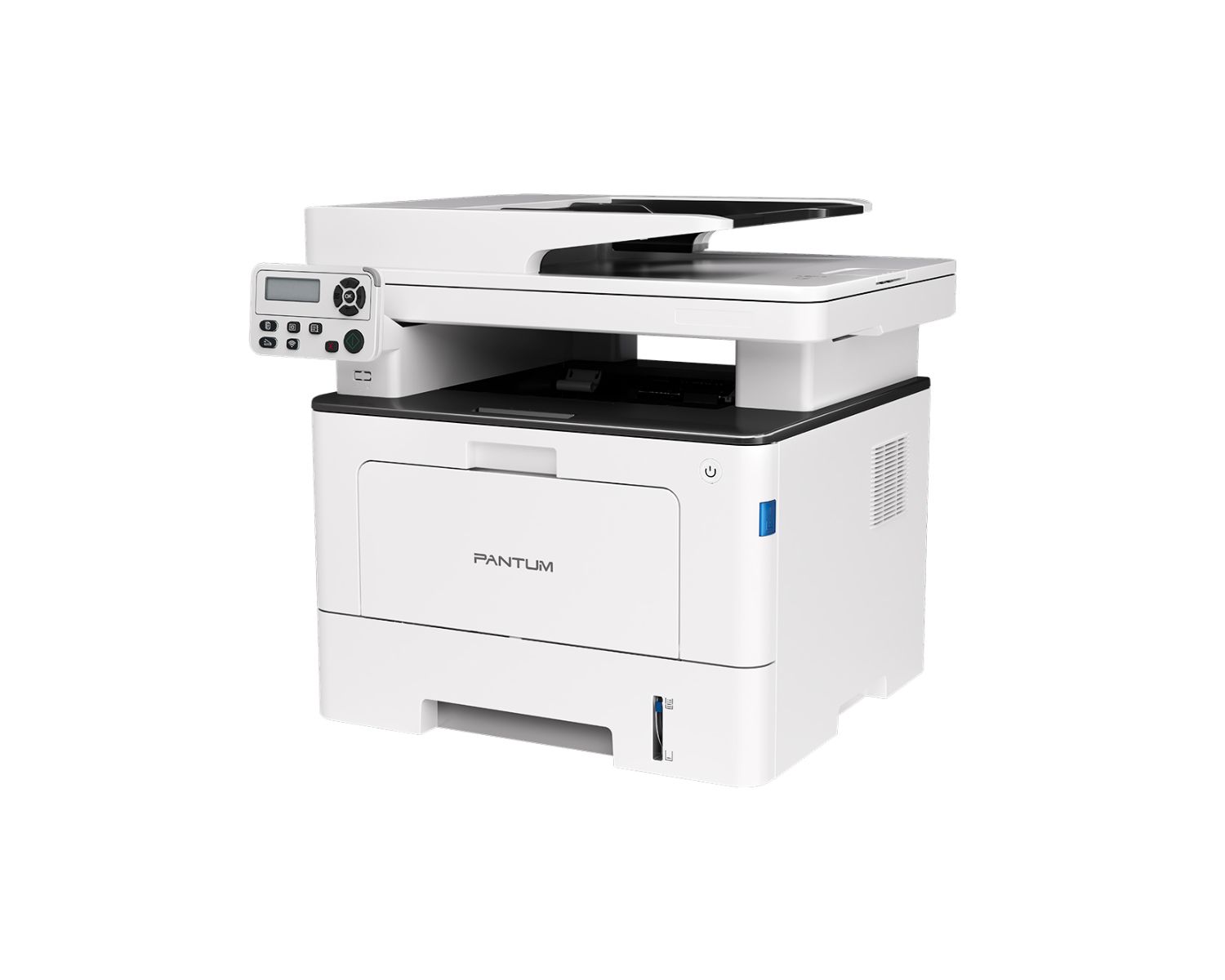
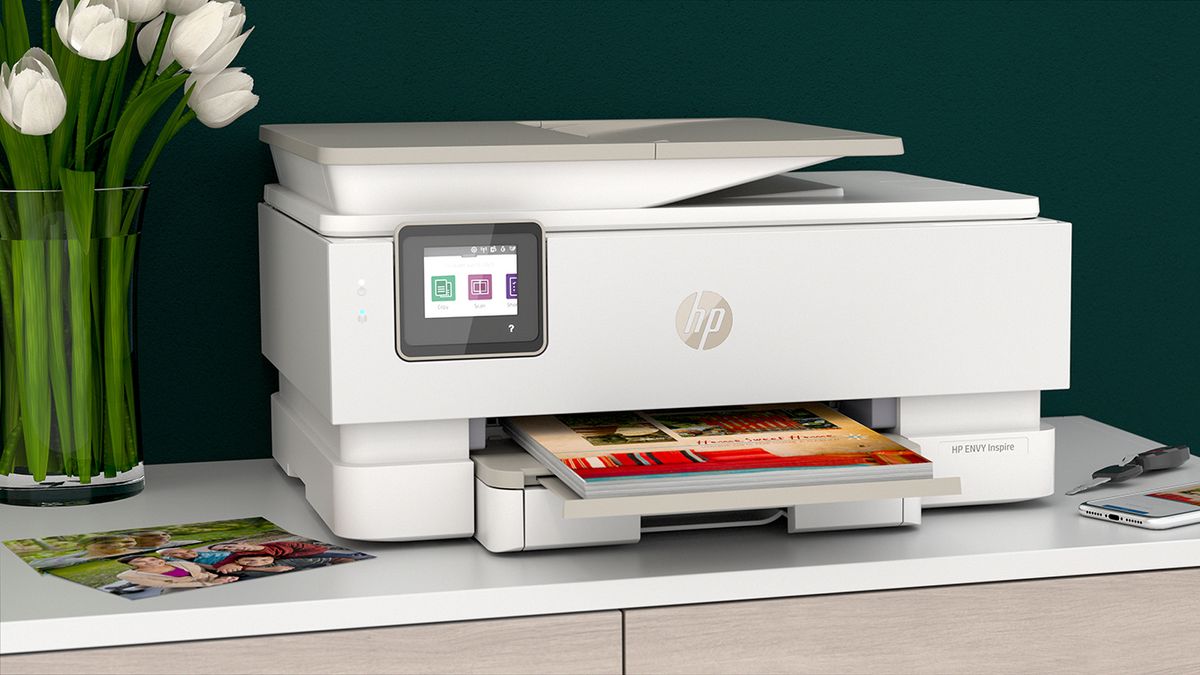

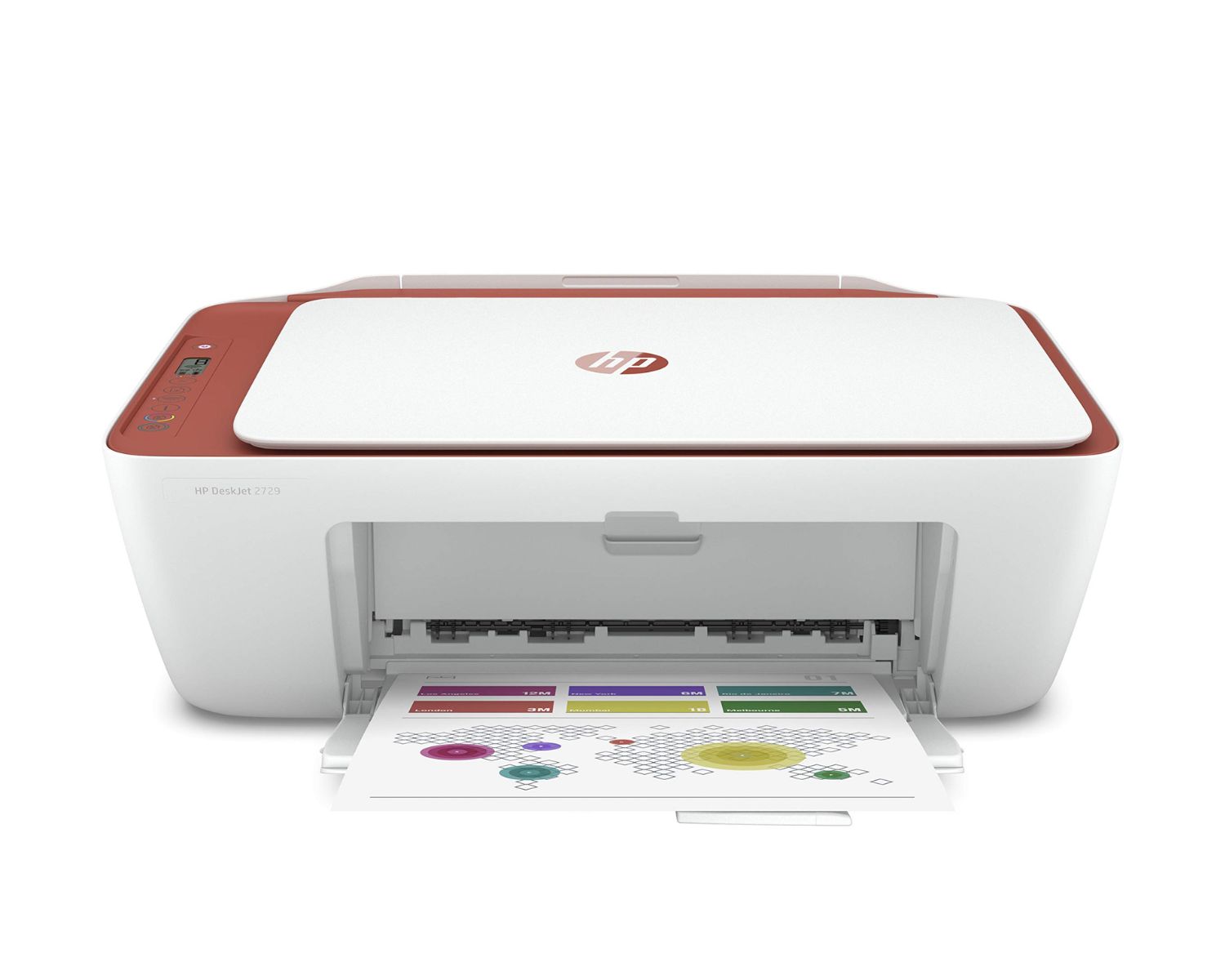
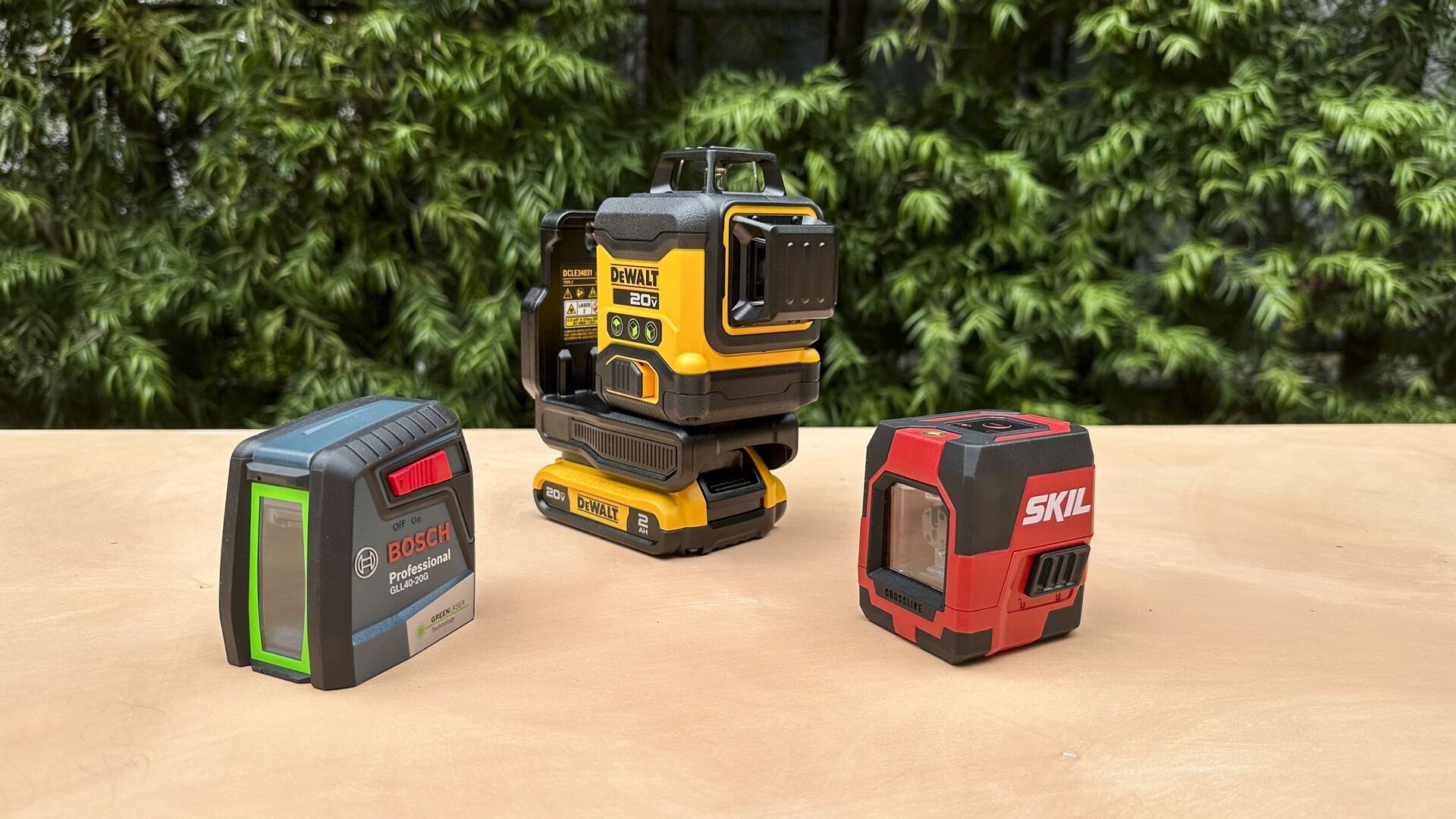
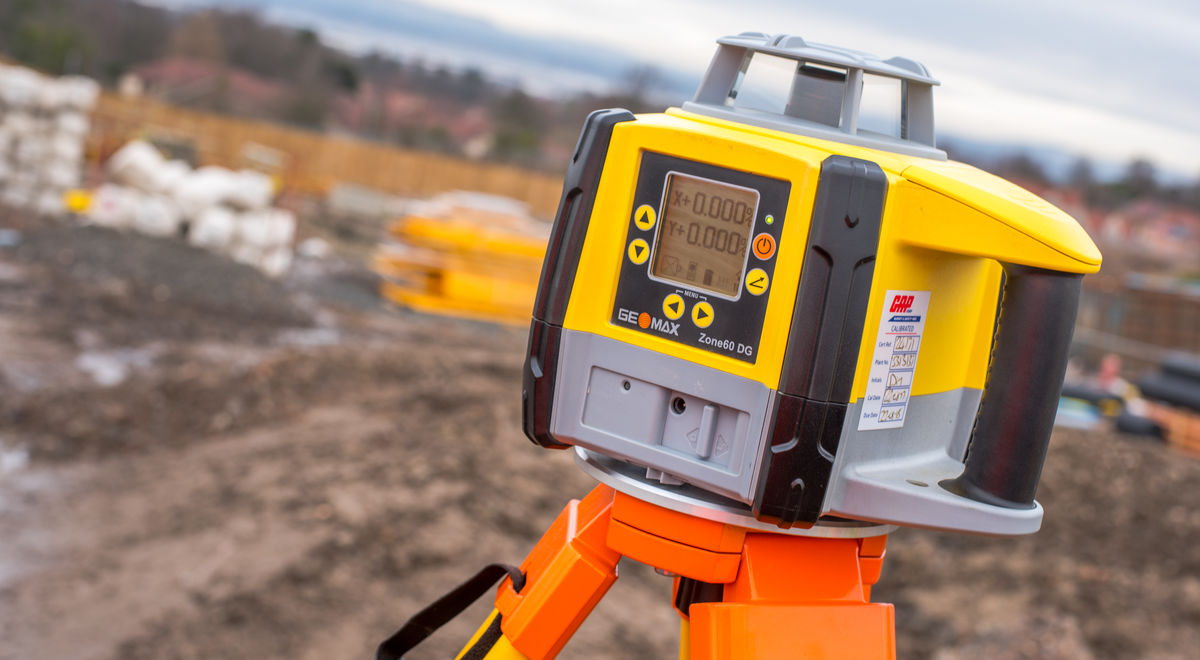


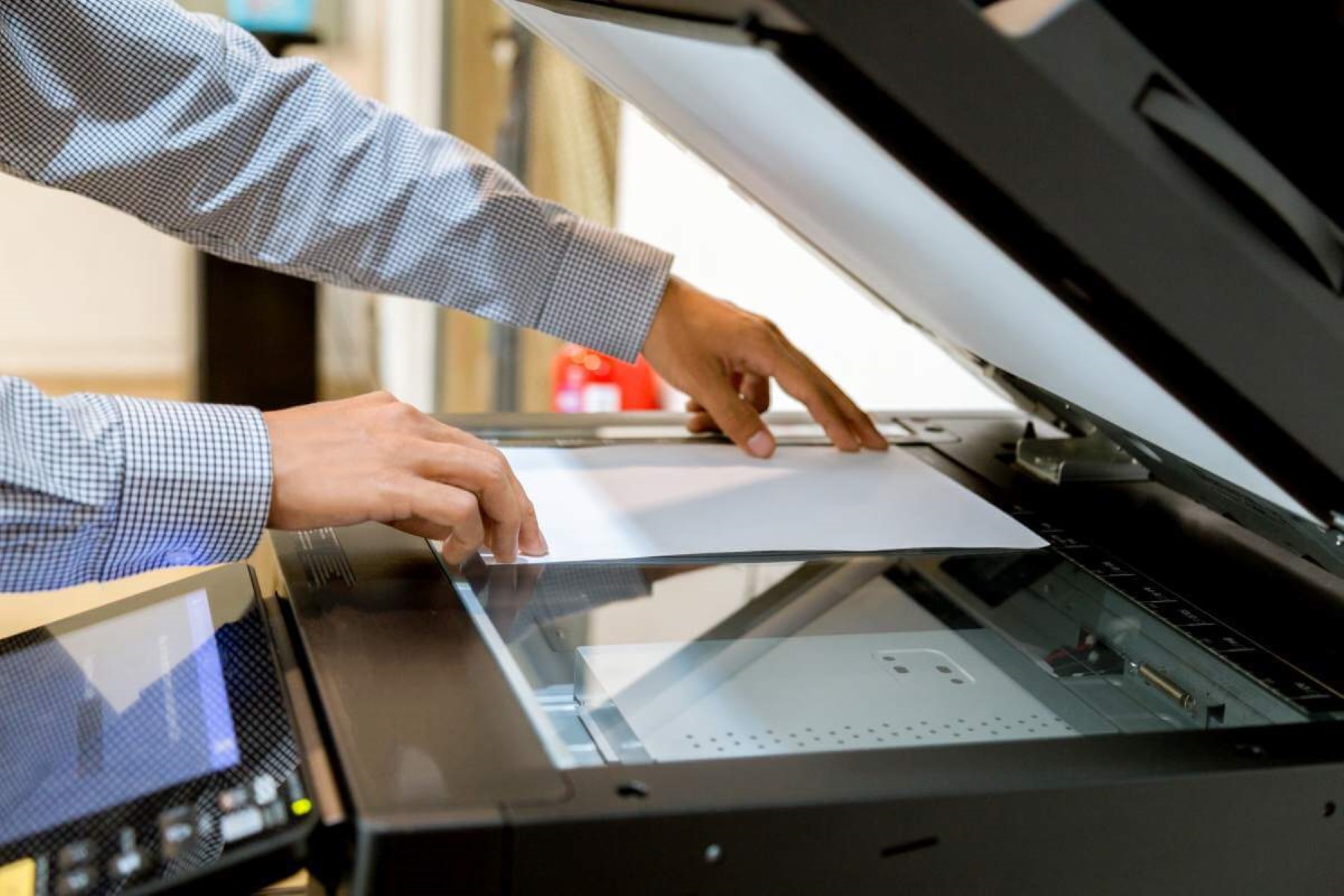

0 thoughts on “What Is Laser Scanning In Construction”